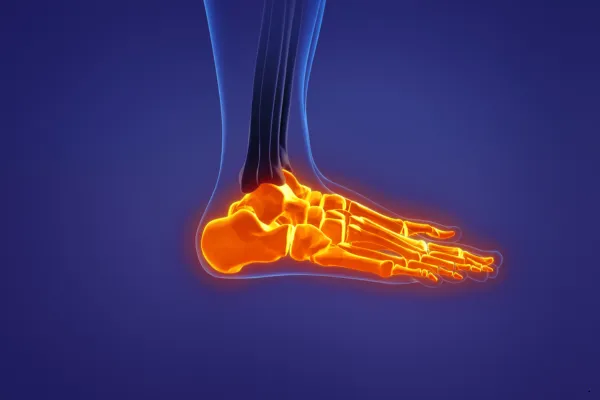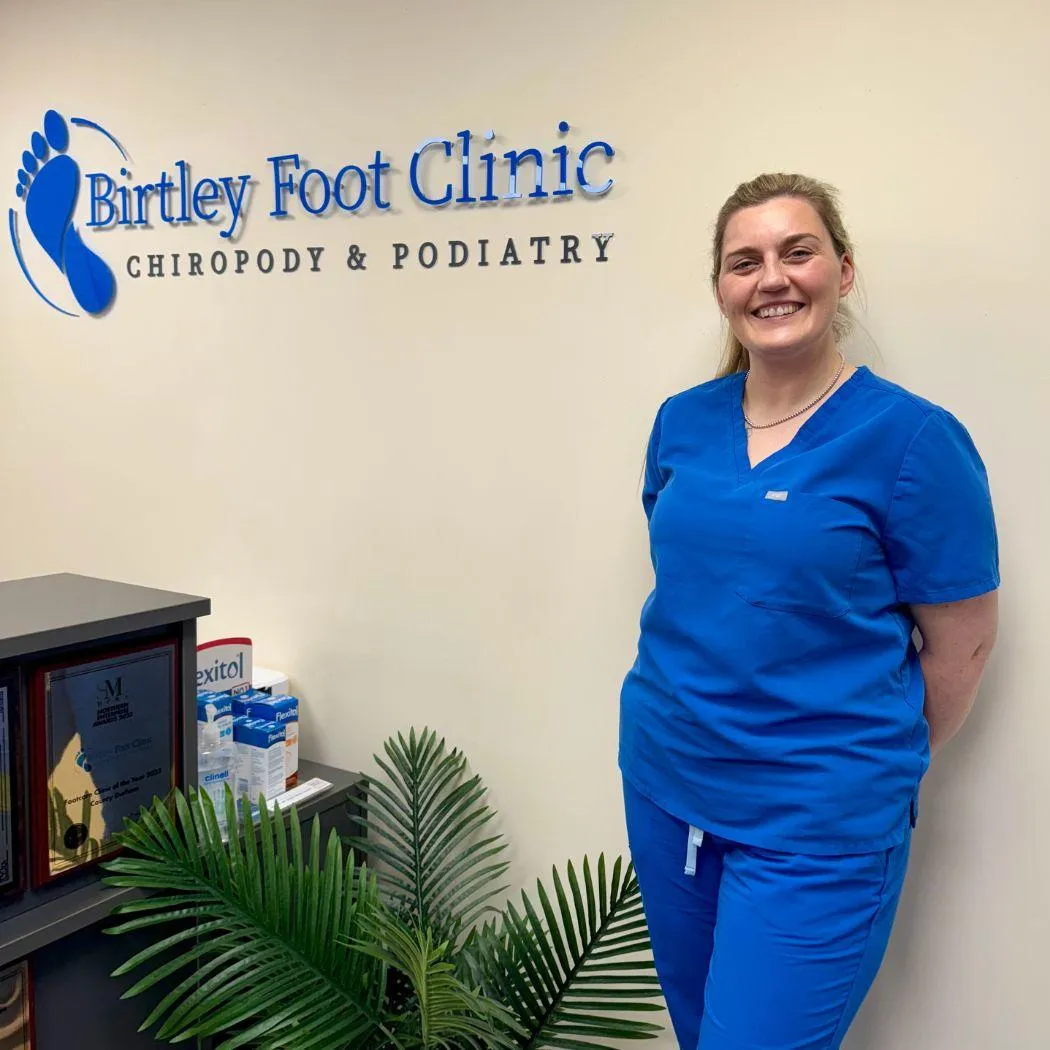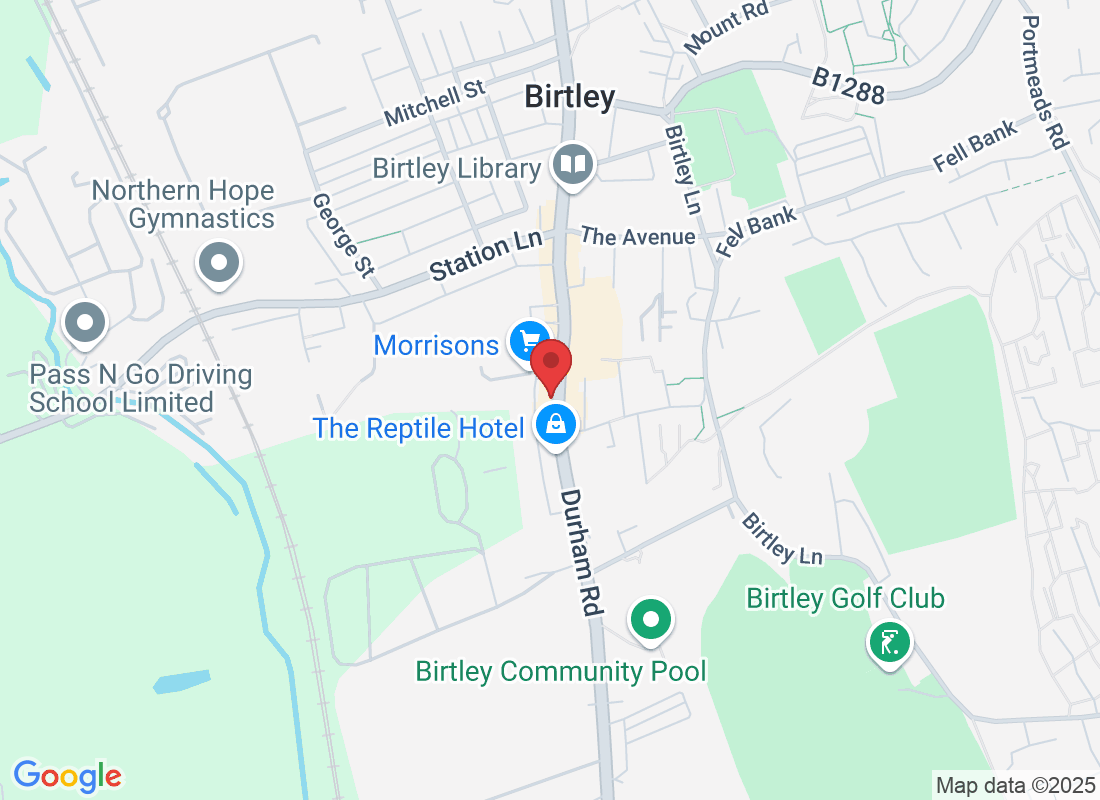
Cuboid Syndrome: The ‘Misbehaving’ Foot Bone You’ve Never Heard Of
Have you ever felt a sharp, nagging pain along the outside of your foot?
It might not be a sprain or a bruise—it could be something you’ve never even heard of: cuboid syndrome. This condition often hides in plain sight, mimicking other foot problems and leaving people frustrated when the pain just won’t go away.
Meet the Cuboid Bone
The cuboid is a small, cube-shaped bone that sits on the outer side of your foot, just in front of your heel bone. It works closely with surrounding bones, tendons, and ligaments to help you walk, run, and balance. When it’s in the right position, you won’t even know it’s there. But when it slips slightly out of place—a problem known as cuboid syndrome—you’ll know about it.
What Causes Cuboid Syndrome?
Cuboid syndrome usually happens when the bone becomes partially dislodged from its normal alignment. This can be caused by:
Overuse or repetitive strain – Common in runners, dancers, and athletes who put a lot of stress on their feet.
Sudden twisting movements – Such as quickly changing direction during sport.
Poor footwear – Shoes with little support can leave the cuboid vulnerable.
Previous injuries – Ankle sprains can increase your risk.
Signs and Symptoms
Pain from cuboid syndrome usually appears on the outer side of your foot and may feel sharp, aching, or tender to touch. You might notice:
Pain when putting weight on the foot
Discomfort that worsens during walking or running
A feeling of weakness or instability
Swelling or redness (though not always)
Because these symptoms overlap with other foot and ankle issues, cuboid syndrome can often be mistaken for a simple sprain or even tendonitis.
Why It’s Often Missed
Cuboid syndrome isn’t as well-known as conditions like plantar fasciitis or bunions, and it won’t show up clearly on a standard X-ray. That’s why a careful physical examination from a podiatrist is essential. At Birtley Foot Clinic, we assess your foot movement, palpate the cuboid area, and use clinical tests to confirm the diagnosis.
Treatment Options
The good news? Cuboid syndrome is usually treatable without surgery. Depending on your symptoms, we may recommend:
Manipulation of the cuboid bone – A gentle but specific movement to guide it back into place.
Taping or strapping – To support the bone while it heals.
Orthotics or insoles – To improve foot alignment and reduce strain.
Rest and activity modification – Giving the foot time to recover while keeping you moving safely.
Strengthening and stretching exercises – To improve stability and prevent recurrence.
Most people experience relief within a few sessions, especially if the problem is caught early.
When to Seek Help
If you’ve had outer foot pain for more than a few days, especially after a twist, turn, or sudden movement, it’s worth getting checked by a Foot Pain Specialist in Birtley. The longer cuboid syndrome is left untreated, the more it can affect your walking pattern and lead to problems in other parts of your body.
The cuboid bone might be small, but when it misbehaves, it can cause big trouble. If you’re experiencing stubborn foot pain that just won’t go away, don’t ignore it—get it assessed. A correct diagnosis and simple treatment plan could have you walking comfortably again in no time.



